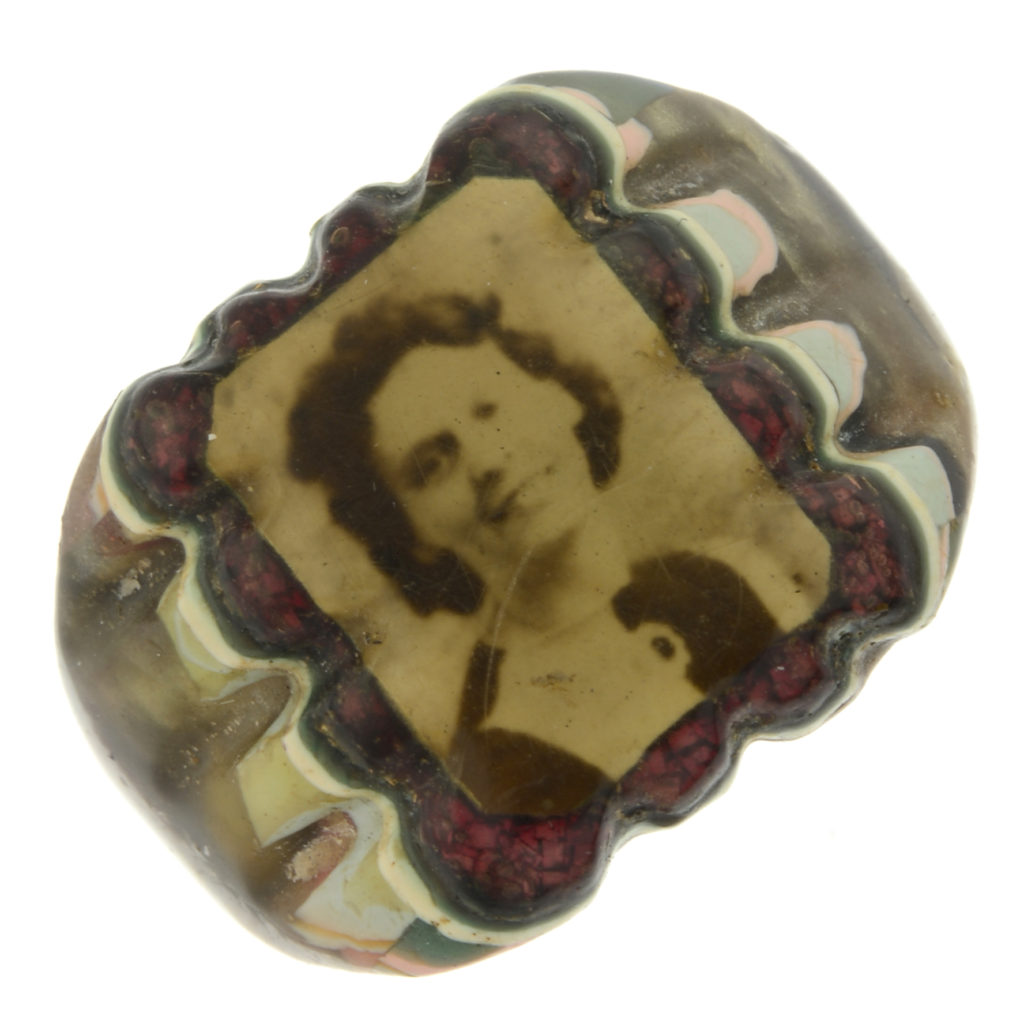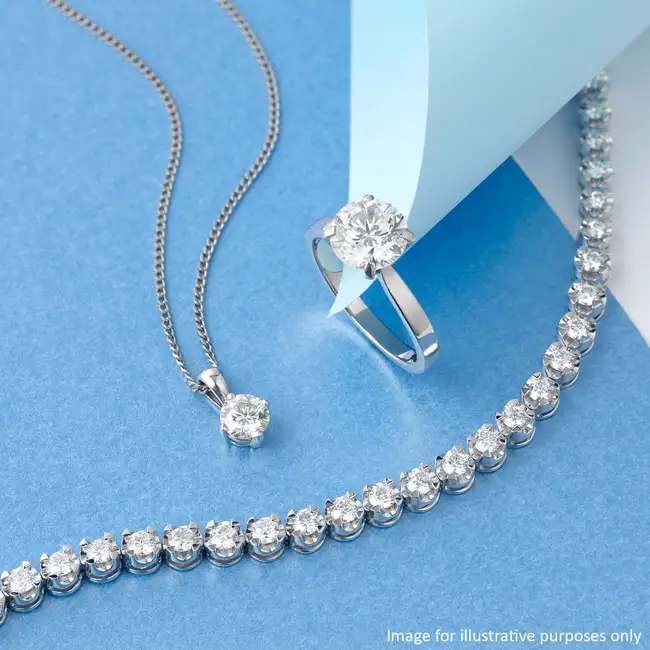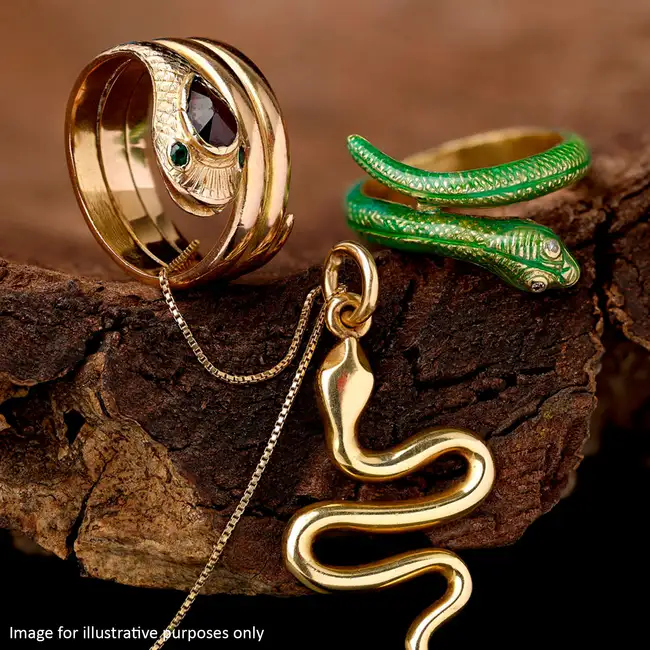Plastic Prisoner of War Rings
During World War II, prisoners of war had limited resources. Creative outlets were scarce, however, this only bred ingenuity. One example of this is plastic prisoner-of-war rings made by Allied POWs. These rings were often crafted from materials like Bakelite, a type of plastic that was commonly used at the time.
POWs would fashion these by carving, shaping, and polishing the plastic into rings that could be worn as jewellery or traded with other prisoners or guards. While conditions varied greatly depending on the camp and the treatment of the POWs, crafting items like these rings provided a creative outlet and a way to pass the time during internment.
Celluloid plastic rings, like those made of Bakelite, were also crafted by prisoners of war during this time. Celluloid was a type of early plastic that was widely used in the early 20th century for items such as jewellery, combs, and other small accessories.
Like the process for making Bakelite rings, POWs would have used whatever materials they could scavenge or obtain to create these rings. Celluloid was relatively easy to shape and mould when heated. As such, it would have been a suitable material for crafting jewellery in a prison camp environment.
Like other items made by POWs during wartime, these rings served multiple purposes. They could be used as personal adornments, traded for necessities or favours within the camp, or even hidden as keepsakes or mementoes of their time in captivity. Many of these rings, such as lot 957, would have a small photo of a loved one encapsulated within the plastic.













